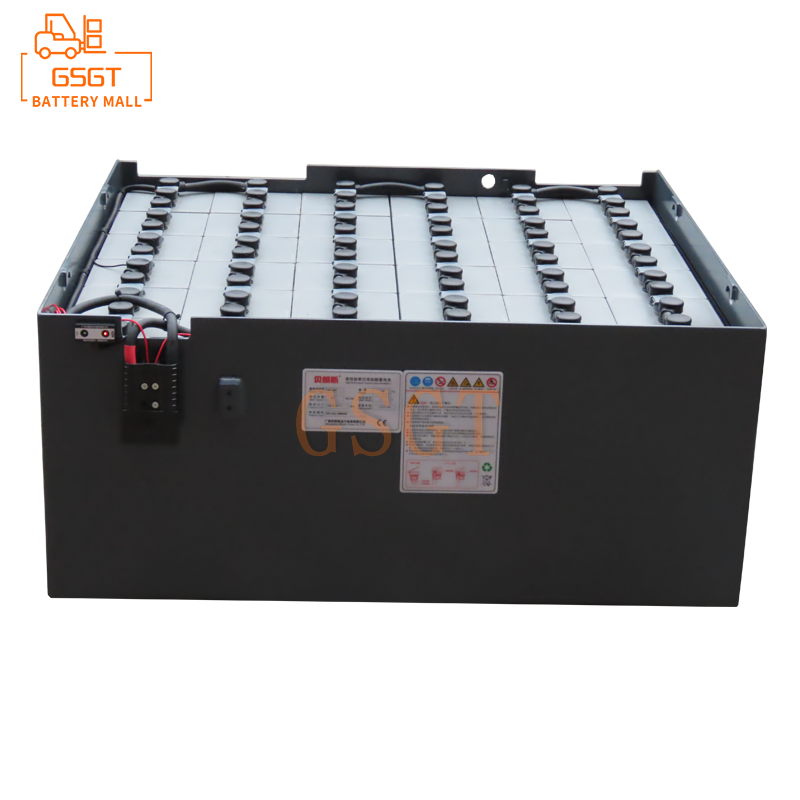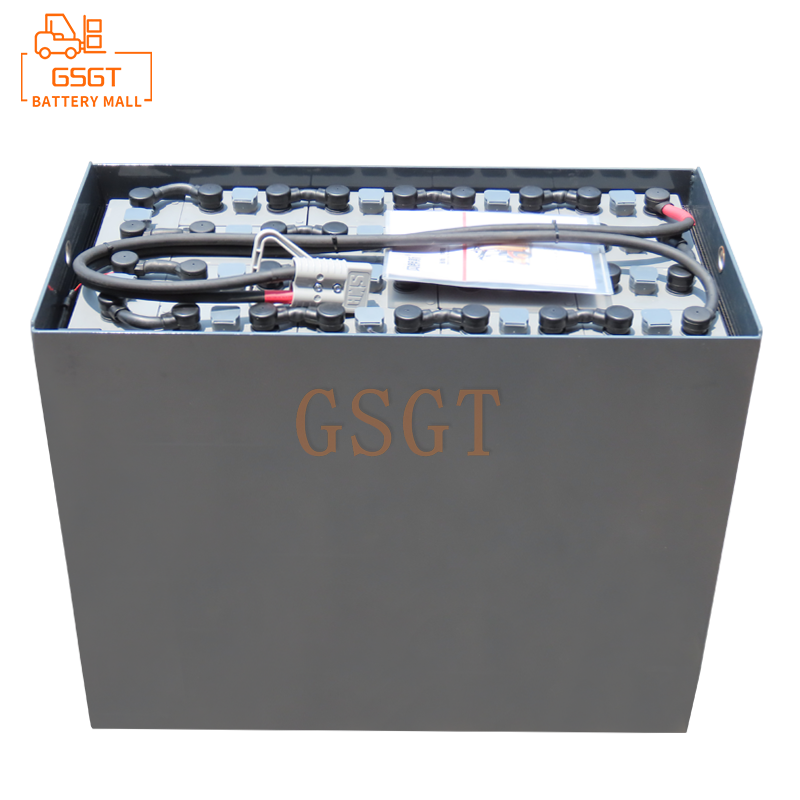Time:2025-03-11 09:55:58
Browse:280
In the grand scheme of global energy development, providing electricity to remote areas has always been a challenging but crucial issue. These areas often face the dilemma of insufficient or unstable power supply for a long time due to complex geographical environment, dispersed population, and difficult and costly grid construction. Lead-acid batteries, a traditional energy storage device, are showing great potential in the field of power supply in remote areas by virtue of their own characteristics, and are expected to become a helpful assistant to improve the local energy situation.
Electricity in remote areas is a complex problem. Taking mountainous areas as an example, the rugged terrain leads to the difficult erection of transmission lines, which need to cross mountains and deep valleys and rivers, and the construction cost has increased exponentially. At the same time, the sparse population makes the unit power demand density extremely low, from the perspective of economic benefits, the traditional large-scale grid extension coverage is not cost-effective. The island area, in addition to facing similar geographical obstacles, but also affected by sea wind, sea water corrosion, the durability of the power supply facilities is very high. In addition, the electricity demand in some remote areas is unique, such as seasonal agricultural irrigation electricity, scattered nomads temporary electricity, etc., and the conventional power supply mode is difficult to adapt flexibly.
Lead-acid batteries show many advantages in dealing with these problems. The first is the cost advantage. Compared with the construction of complex and expensive grid infrastructure, the use of lead-acid batteries to build small off-grid or micro-grid power supply systems, the initial investment cost is significantly reduced. A set of lead-acid battery energy storage system to meet the basic electricity needs of ordinary families, the cost is relatively controllable, and it is easier to afford for economically underdeveloped remote areas. Moreover, lead-acid battery technology is mature, the industrial chain is complete, equipment procurement, maintenance and replacement are more convenient, and local technicians can get started with simple training, which greatly reduces the cost of later operation and maintenance.
The reliability of lead-acid batteries is also crucial in remote areas of power supply. This kind of battery has a certain ability to adapt to environmental temperature, humidity and other conditions, and can operate stably in the climate environment common in most remote areas. In some plateau areas, although the air is thin and the temperature difference between day and night is large, lead-acid batteries can continue to provide reliable electricity for local residents as long as they do basic insulation and moisture-proof measures, and ensure the operation of basic living electrical equipment such as lighting and television. At the same time, its charge and discharge characteristics are stable, and it can be well matched with a variety of renewable energy power generation equipment, such as solar panels and small wind turbines. When the sun is sunny or the wind is strong, renewable energy generation equipment stores excess energy in lead-acid batteries; In the shortage of energy generation or peak hours of electricity consumption, the battery releases electricity to achieve stable power supply and effectively make up for the intermittent shortcomings of renewable energy.
From the application scenario, lead-acid batteries are widely used in remote areas. In nomadic areas, herders live in a precarious place, and traditional power grids are difficult to reach. The small solar power supply equipment equipped with lead-acid batteries can follow the herdsmen to migrate, charge by solar energy during the day, and discharge the battery at night to supply power for lighting lamps and mobile phone charging equipment in the tent to meet the daily electricity needs of herdsmen. In schools in remote mountainous areas, the lead-acid battery energy storage system can cooperate with the solar photovoltaic power station in the campus to ensure that the school can carry out normal teaching activities even in the case of insufficient light on cloudy days and rainy days, ensure the stable operation of lighting and multimedia teaching equipment, and create a good learning environment for children.
In some island areas, lead-acid batteries can also help desalination equipment to operate. The clean energy such as solar energy and wind energy is converted into electricity and stored in the battery, and then the battery is used to power the seawater desalination device, solving the problem of fresh water supply for island residents, and realizing the double benefits of energy and water resources security.
Lead-acid batteries have great potential in the field of power supply in remote areas, and bring stable power dawn to remote areas by virtue of cost, reliability and wide application adaptability. With the continuous progress of technology, such as the research and development of new lead-acid battery materials, the improvement of energy density, etc., its role in the power supply in remote areas will become increasingly prominent, contributing to the realization of global energy inclusion and narrowing the urban-rural energy gap.

$1105

$4045

$2290

$2140

MESSAGE
Professional And Efficient
Security
Affordable Price
Professional Services